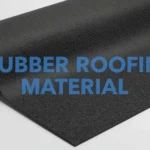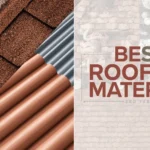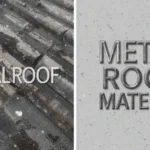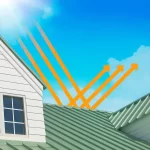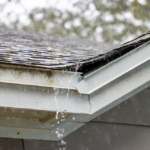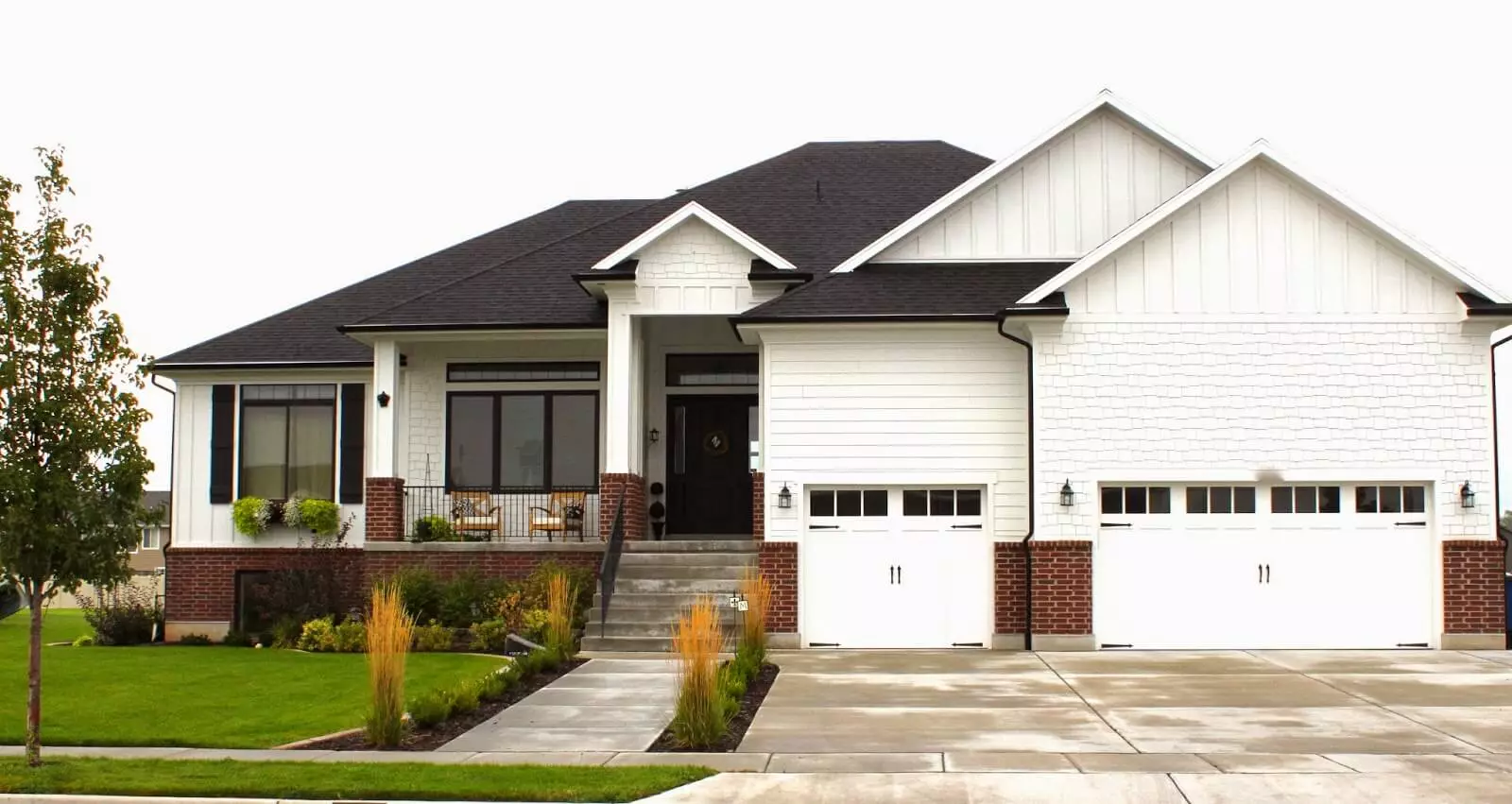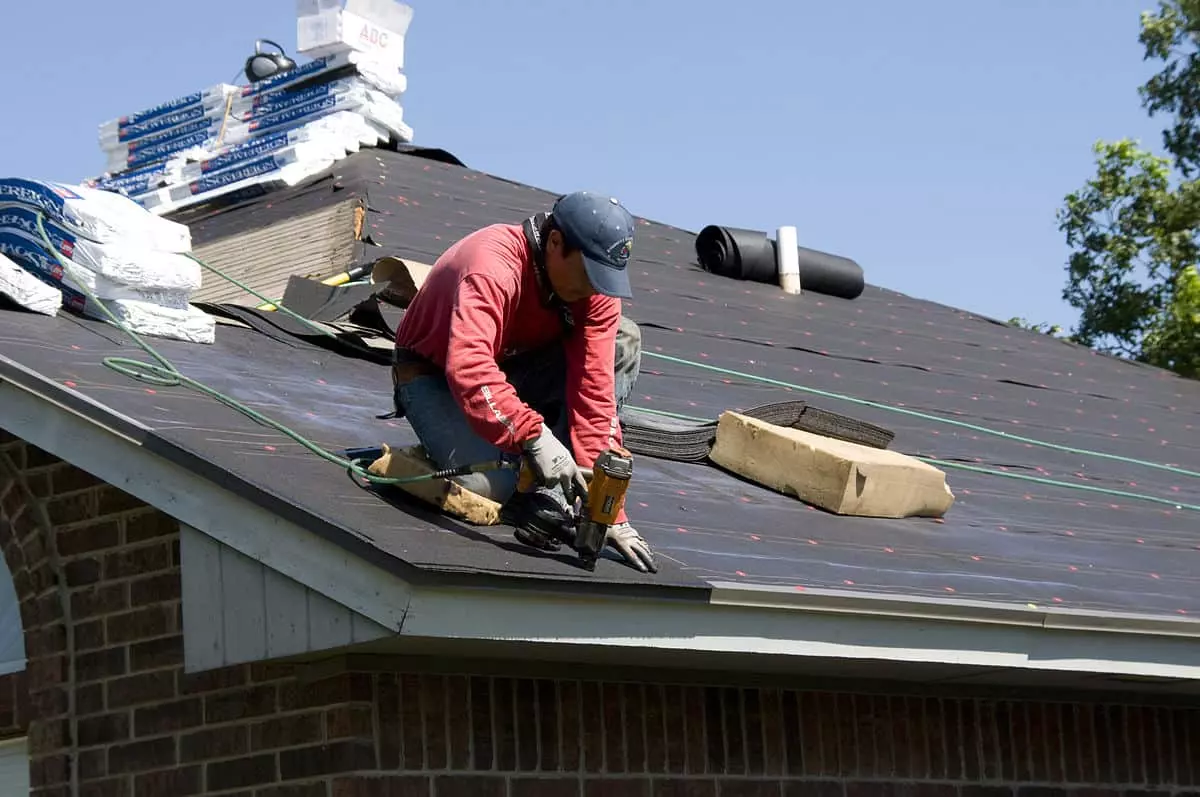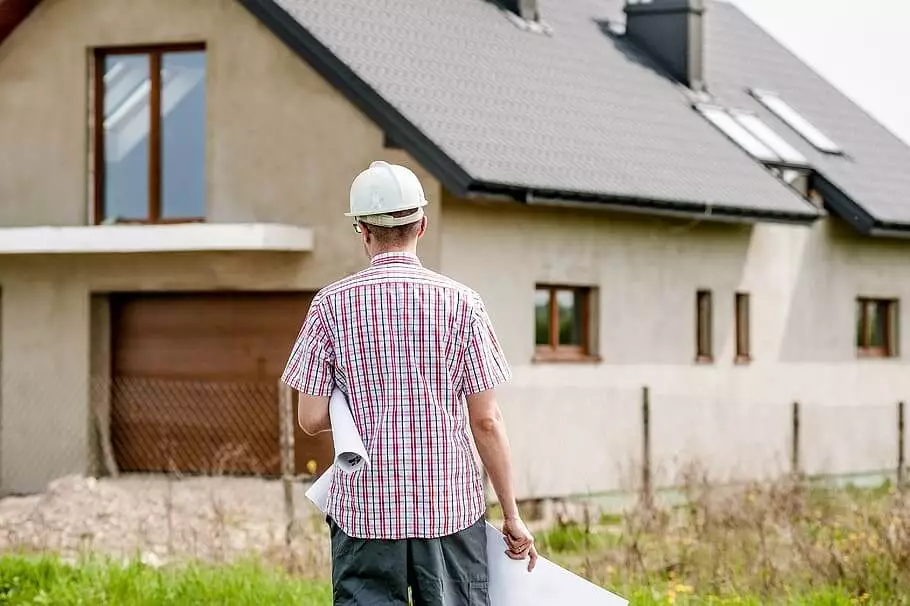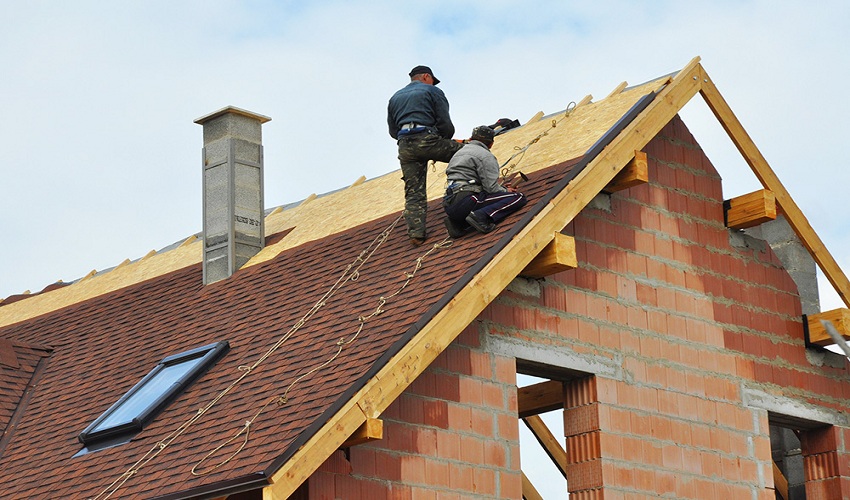Flat roofs are a popular choice for modern homes and commercial buildings. They offer a sleek look, efficient use of space, and can be cost-effective to install. But choosing the best flat roof materials is key to ensuring durability, weather resistance, and long-term performance. With the right material, you can enjoy a roof that looks great and performs well for decades.
In this guide, we’ll explore different types of flat roof materials, their pros and cons, and how to make the best choice for your home.

Content
Exploring Modern Flat Roof Options
Flat roof systems are different from pitched roofs. They have a low slope, usually between 1–10 degrees, which means water drainage can be slower. This makes material selection crucial. The best flat roof materials should resist standing water, UV damage, and temperature changes while being easy to maintain.
Popular Types of Flat Roof Materials
When looking for flat roofing solutions, it’s important to know the main options available. Each material comes with unique features and a price range that can fit different budgets.
1. EPDM Rubber Roofing
EPDM (Ethylene Propylene Diene Monomer) is a synthetic rubber membrane widely used in flat roofs.
Advantages:
- Long lifespan of 20–30 years.
- Resistant to UV rays and weather changes.
- Lightweight and easy to install.
Disadvantages:
- Can be prone to punctures from sharp objects.
- Black color may absorb more heat.
EPDM is one of the most affordable flat roof materials and is ideal for homeowners looking for a low-maintenance option.
2. TPO Roofing (Thermoplastic Polyolefin)
TPO is a single-ply roofing membrane that has gained popularity in recent years.
Advantages:
- Reflective surface helps reduce cooling costs.
- Resistant to mold and dirt build-up.
- Energy-efficient and eco-friendly.
Disadvantages:
- Lifespan is slightly shorter than EPDM.
- Quality can vary between manufacturers.
TPO is a great choice for those who prioritize energy savings and want environmentally friendly flat roof materials.
3. PVC Roofing (Polyvinyl Chloride)
PVC roofing is another single-ply material that’s known for its durability and resistance.
Advantages:
- Excellent chemical and fire resistance.
- Strong seams prevent leaks.
- Long lifespan of 20–30 years.
Disadvantages:
- Can be more expensive than other flat roof materials.
- Not as eco-friendly as TPO.
PVC roofing is a strong contender for commercial properties and homes in areas with harsh weather.
4. Modified Bitumen Roofing
Modified bitumen is an asphalt-based roofing material that is reinforced with polyester or fiberglass.
Advantages:
- Good resistance to foot traffic.
- Available in peel-and-stick options for easier installation.
- Affordable pricing for budget-conscious homeowners.
Disadvantages:
- Shorter lifespan compared to single-ply systems.
- Requires regular maintenance to prevent cracks.
Modified bitumen is one of the most tried-and-tested flat roof materials and works well for small to medium-sized roofs.
5. Built-Up Roofing (BUR)
BUR systems consist of multiple layers of bitumen and reinforcing fabrics.
Advantages:
- Excellent waterproofing due to multiple layers.
- Long-lasting if maintained properly.
- Resistant to UV damage.
Disadvantages:
- Heavy material that may require extra roof support.
- Installation can be time-consuming.
BUR is a classic choice for those who want proven durability in flat roof materials.
Factors to Consider When Choosing Flat Roof Materials

Choosing the right material goes beyond price. You should evaluate the following factors before making a decision.
Climate and Weather Conditions
In hot climates, reflective materials like TPO or PVC can lower cooling costs. In colder areas, EPDM’s heat absorption can help reduce heating bills.
Budget and Installation Costs
EPDM and modified bitumen are often more budget-friendly. PVC and TPO can cost more upfront but may save money over time due to lower energy bills.
Maintenance Requirements
Some flat roof materials require more upkeep than others. EPDM is low-maintenance, while BUR may require periodic inspections and repairs.
Longevity and Warranty
Always check the expected lifespan and warranty coverage. A good flat roof should last at least 20 years with proper care.
Tips for Extending the Life of Your Flat Roof
No matter which material you choose, regular maintenance will protect your investment.
- Inspect the roof twice a year and after major storms.
- Remove debris that can cause water pooling.
- Address small cracks or punctures immediately.
- Hire a professional for annual inspections.
By following these steps, you can extend the lifespan of your chosen roofing system and avoid roof problems that may lead to costly repairs.
Cost Comparison
While prices can vary, here’s a general idea of cost per square foot (installed):
- EPDM: $4–$8
- TPO: $5–$8
- PVC: $6–$10
- Modified Bitumen: $3–$6
- BUR: $5–$9
Your total cost will depend on the roof size, location, and labor rates.
Conclusion:
The best flat roof materials for your home depend on your budget, climate, and design preferences. EPDM offers affordability and durability, TPO provides energy efficiency, PVC delivers excellent resistance, modified bitumen is practical for small roofs, and BUR offers multi-layer protection.
By understanding the strengths and weaknesses of each option, you can choose a material that keeps your home protected, energy-efficient, and visually appealing for years to come.
FAQs About flat roof materials:
What is the best material to use for a flat roof?
EPDM rubber, TPO, and PVC are among the best flat roof materials because they are durable, weather-resistant, and easy to maintain.
What is the cheapest option for a flat roof?
Rolled roofing and modified bitumen are the cheapest options for flat roofs, offering decent durability at a low installation cost.
What is the longest lasting flat roof material?
PVC and TPO membranes are the longest lasting flat roof materials, with a lifespan of 20–30 years when properly installed and maintained.
What type of roofing is typically used on flat roofs?
Flat roofs commonly use EPDM rubber, TPO, PVC, or built-up roofing systems because they provide water resistance and long-term protection.

I’m Steve Hembree. I love to share my tips and tricks for home improvement, as well as provide ideas for how you can transform your space with DIY projects.


